If you’ve seen my intake form, you may wonder why I ask so many questions! My intake form is comprehensive and covers all the different species and different situations I receive animals from. Here’s a little tour for inquiring minds!
Rescuer Information
I like to highlight the area called “Rescuer Information” because that’s the part I need, you, the finder, to fill out. You were the one that rescued the animal, and now I’m the helper.
The text before and after is for my own charting needs.
I mark down the species, the number of animals, the age of the animal, and the intake number(s) associated with this form.
I’d like to know who you are!
The Department of Natural Resources, who issues my permits, likes me to have a piece of paper for each animal in my care. It’s not *really* necessary for me to have your name, some rehabbers list all their intakes as coming from “Good Samaritan”. I like to know about you! If the animal needs to be returned to the location it was found, I need to know where you found it, which is often the same as the finder’s address. Phone numbers and email addresses help me get in touch with you.
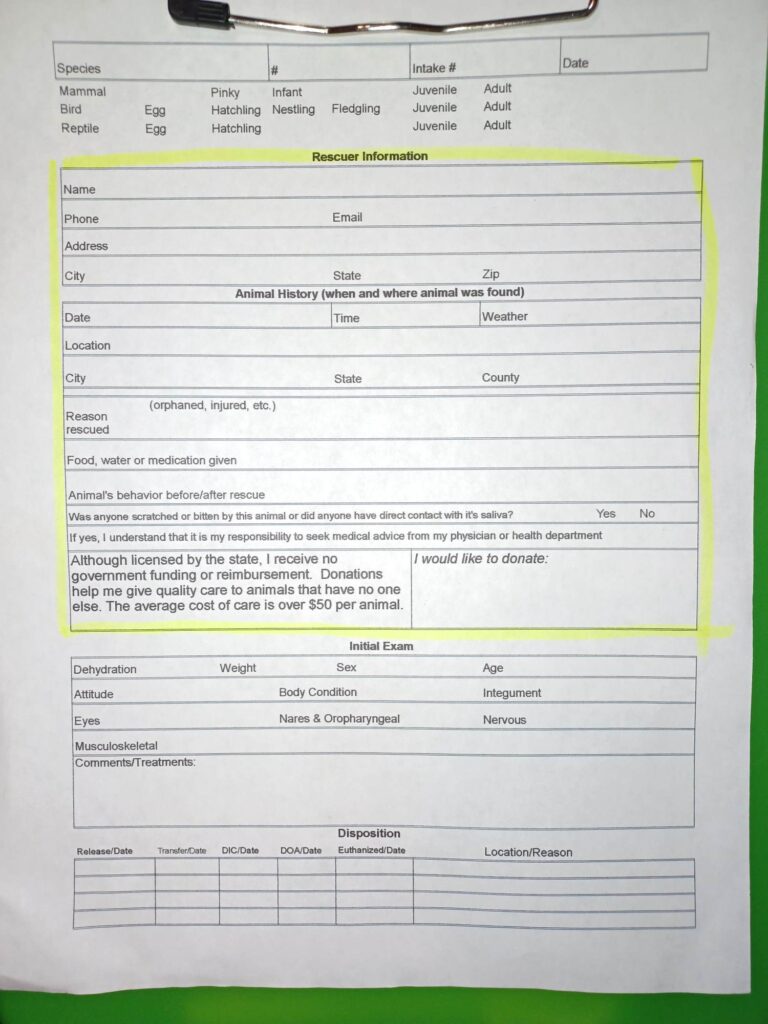
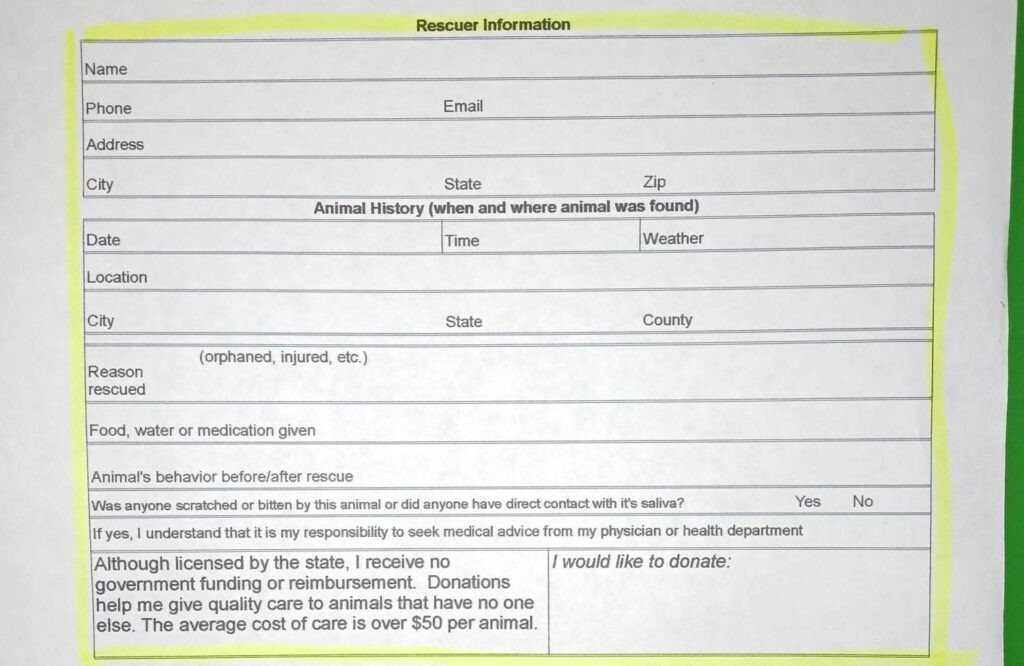


Animal History
Why do I ask about the weather? If a nest of bunnies comes to me after they were found drowning in a rain storm, that tells me I need to treat them for possible pneumonia. If it was very hot and an animal was found out in the sun, I’ll need to treat for dehydration or heatstroke. In the winter, I may need to address frostbite or hypothermia.
Reason rescued?
The question “reason rescued” often stumps finders. The animal needed help, that’s why they were rescued! But it helps me to know if they were orphaned, or separated from Mom, or injured, or found in a strange place.
I ask about care that the rescuer may have given, like food or water, because that can sometimes cause problems with aspiration pneumonia, diarrhea, or poisoning.
Knowing how the animal was acting before and after rescue- for example, they were quiet until the finder picked them up, or the opposite, helps me assess their status.
Bitten or scratched
Because i take in rabies vector species like bats, foxes and skunks, it’s imperative I know whether anyone was bitten or scratched by the animal. I make sure the finder knows that regardless of how they answer this, it’s up to them to seek medical treatment.
Donations, please
Rehabbing is not a paid job nor am I reimbursed by the state or federal government, or any agencies. I am a non-profit operating solely off my own money and donations. It costs an average of $50 to raise an animal from intake to release- often a lot more.
Initial Exam
Here is where I input everything I learn from my initial exam.
Dehydration, weight and attitude
Dehydration is #1! Most animals that come to me are in some stage of dehydration. Knowing what percent dehydrated they are directs my initial care.
Weight is a close second in need-to-know information. If they are underweight for their size or age I have to adjust my feeding accordingly.
Attitude- are they bright and alert? Are they quiet and stuporous? This tells me a lot about how they are feeling.
Body condition and more
Body condition is where I chart if they are skinny or just right.
Integument means their skin or fur. Is it torn or punctured? Do they have fleas? Are their old wounds or dried blood?
Then I check their eyes, their nostrils (nares), their mouth and throat, and then their temperament. Are they frantic? Half-asleep? Calm?
Musculoskeletal is where I’ll note if they have large wounds affecting limb use, or broken bones.
Comments and Treatments
In the comments/treatments section I’ll wrote down anything additional the finder shared with me, and what medications or treatments I give the animal when it first comes in.
Disposition
The last bit is where I wrote what eventually happened and when. Were they transferred to another rehabber? Released? Did they pass from their injuries? This is also information the DNR needs from me for every animal.
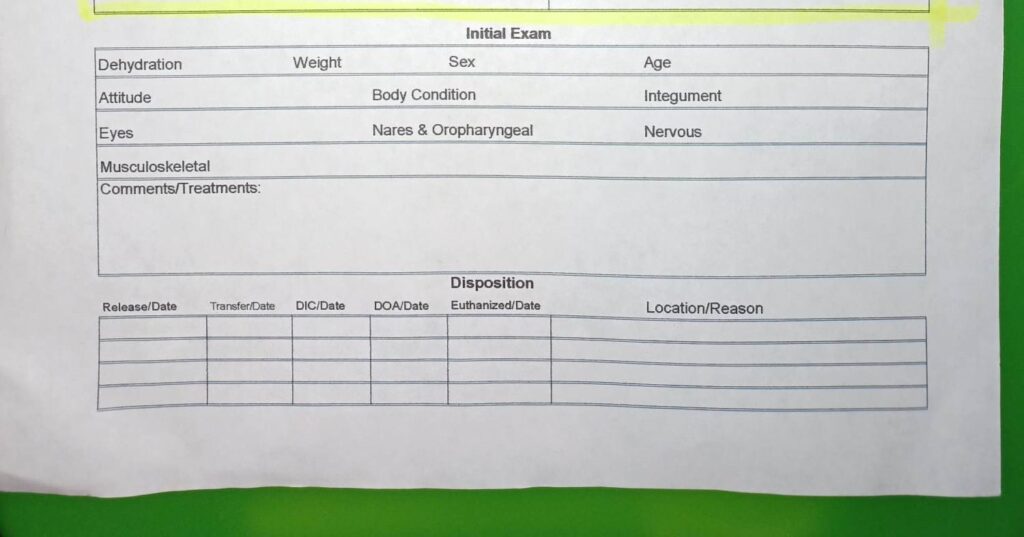



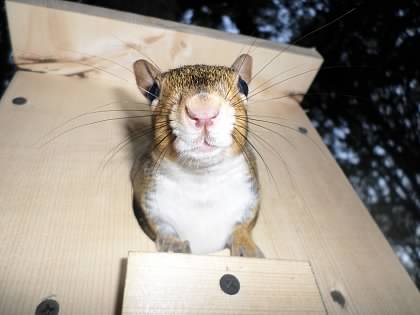
Now you know everything that gets compacted into one sheet of paper, and why I need to know so much information- it’s to help me help the animal to the best of my ability.
You’ve done the first part, rescuing them, now I do the rest!
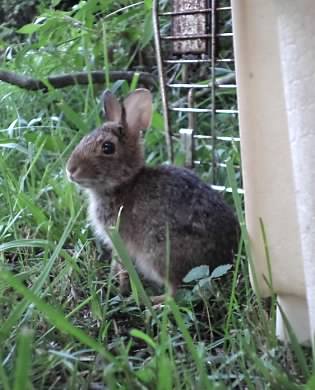




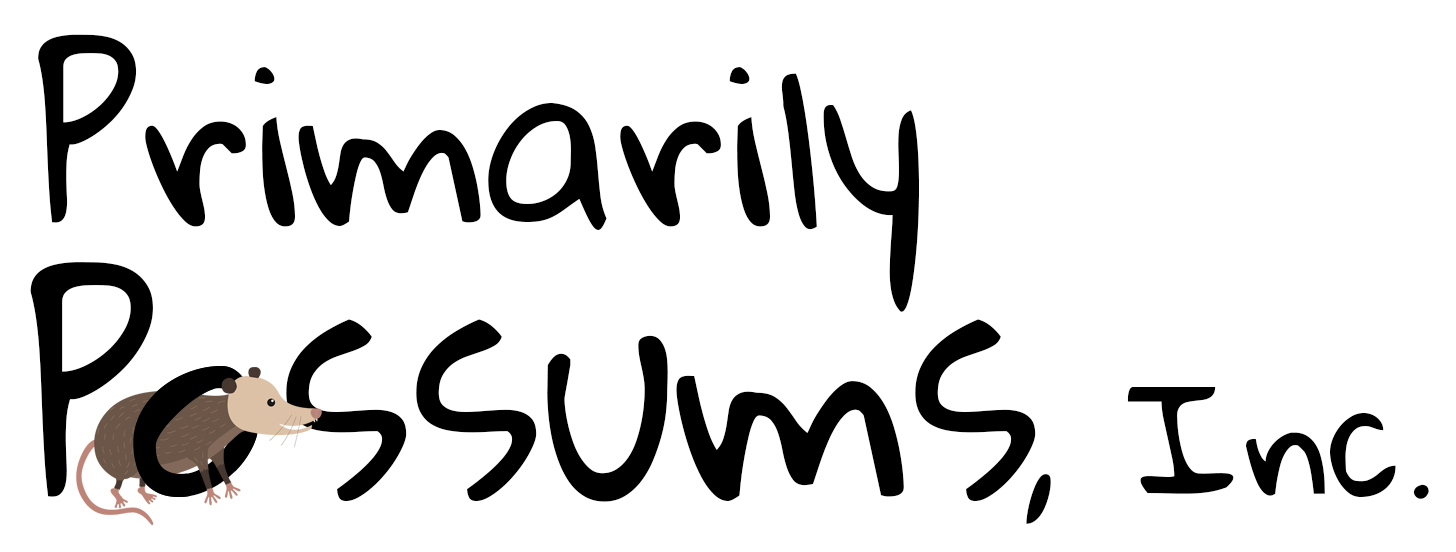
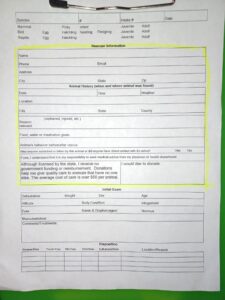
 2025 Sabbatical
2025 Sabbatical